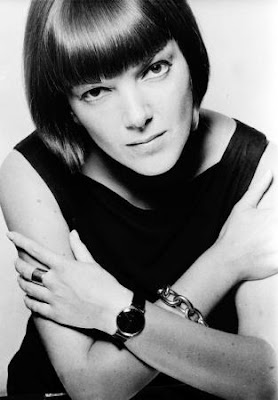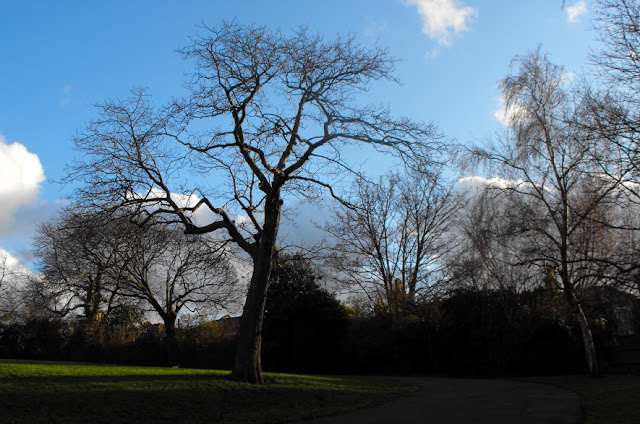Mary Quant played a key role in creating the women's fashion look associated with 1960s 'Swinging London', popularising the mini-skirt and the bob haircut. Quant was designing and making her own clothes from an early age, and attended Blackheath High School, but it was via attending Goldsmiths in New Cross in the 1950s that she eventually managed to make a living out it, partly because it was there that she met her future husband and business partner, Alexander Plunkett Greene.

According to Shawn Levy 'The impetus to Quant's starting a revolution in quiet, arty Chelsea was her marriage to Alexander Plunket Greene [1932-1990], one of the very first old-line Britons in whom something like the spirit of the sixties blossomed. Born to a family of English eccentrics who included among their lovers, friends and acquaintances such diverse lights as Paul Robeson, Bertrand Russell and Evelyn Waugh, he was a teenage scene unto himself in the early fifties, wandering through Chelsea in his mother's disused pajamas and slacks, hanging around Soho jazz bars where he aspired to play the trumpet, and showing up only when he felt like it to classes at Goldsmiths College, an art and technical school in New Cross, near Deptford, where he tried to further distance himself from his fellow student - as if it were possible or necessary - by walking about with a film script under his arm. He was, in short, the sort of nutter one expected to find in Chelsea, London’s nearest answer to Montmartre: moneyed, bred to leisure, artistically inclined - a definitive bohemian, if he said so himself'.
 |
| Alexander Plunket Greene |
'Among the mere mortals who found themselves dazzled by Plunket Greene's antics at Goldsmiths was Quant, a pixie-size but blunt and strong-willed student who'd been raised variously, as her parents followed schoolteaching careers, in Kent, Wales and, after the war, in Blackheath, south of Greenwich, which would always be, in her mind, home. Quant, who was born in 1934, was attending Goldsmiths out of a compromise arrangement with her exasperated folks, who thought they could channel her penchant for designing and sewing her own clothes into a useful career: teaching art or some such. But she found herself swept into an exciting new way of life by Plunket Greene, with whom she became romantically involved, and she forsook the chance to get a teaching certificate for a life of gadding about with her beau and the ragtag bunch who came to be known as the Chelsea Set' (Shawn Levy, Ready, Steady, Go!: The Smashing Rise and Giddy Fall of Swinging London, 2003).
After Plunkett Green inherited some money, the pair opened a boutique called Bazaar on the Kings Road (Plunket Greene opened a restaurant and jazz club in the basement), from where Quant started to build her fashion empire. Like some other Goldsmiths notables, she never actually finished her course there.
 |
Quant getting her hair cut by Vidal Sassoon, inventor of the modern bob
and sometime militant anti-fascist |
Incidentally Quant didn't claim to have invented the mini, a look which came from the streets: "It was the girls on the King's Road who invented the mini. I was making easy, youthful, simple clothes; in which you could move, run and jump. We would make them the length the customer wanted, they would say "shorter, shorter" and we followed by command".
 |
| Twiggy wearing a Mary Quant dress |
Quant later came to see her clothes from this period as embodying a kind of emergent feminism. In contrast to the the 'old attitudes' that 'a woman was daddy’s daughter until she became somebody’s wife. In the mid-1950s women started, without analysing it, to grab a time when they were their own person by moving out from under daddy’s roof and sharing a usually overcrowded, usually scruffy flat with other girls. The mini was part of that. The mini said ‘Look at me’. It was very exuberant, pure glee. Looking back it was the beginning of the women’s movement. Clothes always say it first, you know, then comes the effect. All those retro fashions of the 1970s betrayed the nervousness that was to come’ (Quant, 1982, quoted in The Great Fashion Designers by Brenda Polan, Roger Tredre, Berg, 2009).
Interesting idea of fashion prefiguring social change - in which case what do the clothes we are wearing now say about the near future?

































































